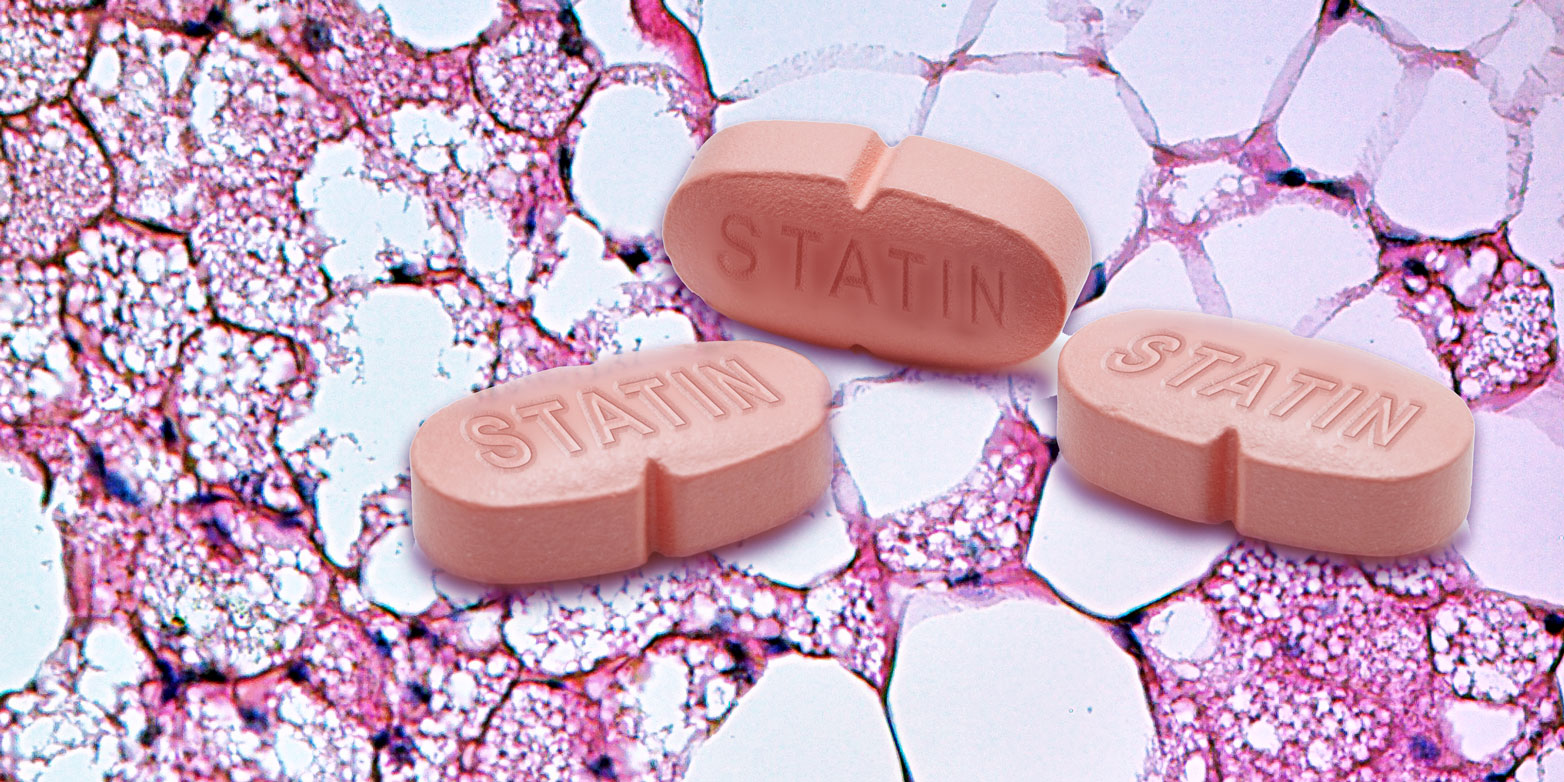Navigation auf uzh.ch
Navigation auf uzh.ch

ETH Zurich scientists have shown that statins, one of the most commonly prescribed classes of pharmaceuticals, reduce beneficial brown adipose tissue. But this is no reason to demonise these drugs, the researchers insist.
An international team of researchers led by Christian Wolfrum, Professor for Translational Nutritional Biology at ETH Zurich, has now discovered that the statin class of pharmaceuticals reduces the formation of brown adipose tissue. A certain proportion of the adult population has not only white adipose (or fatty) tissue, but also the brown kind. This brown adipose tissue helps to convert sugar and fat into heat. People with brown adipose tissue are better at regulating their body temperature in the winter, and are less likely to suffer from excess weight or diabetes.
Statins are prescribed as a way to reduce the risk of a heart attack since they reduce cholesterol levels in the blood. They are among the most commonly prescribed drugs worldwide. Although studies demonstrated that statins have a negative impact, Wolfrum warns against talking them down. “We also have to consider that statins are incredibly important as a way to prevent cardiovascular disease. They save millions of lives around the world, and they are prescribed for a very good reason,” he says. It would become imperative to conduct further research into the mechanisms behind this and find out which patients are affected. It might then be possible to take a personalised medicine approach and continue to recommend statins to most people, while proposing alternative therapies for a small group of patients.